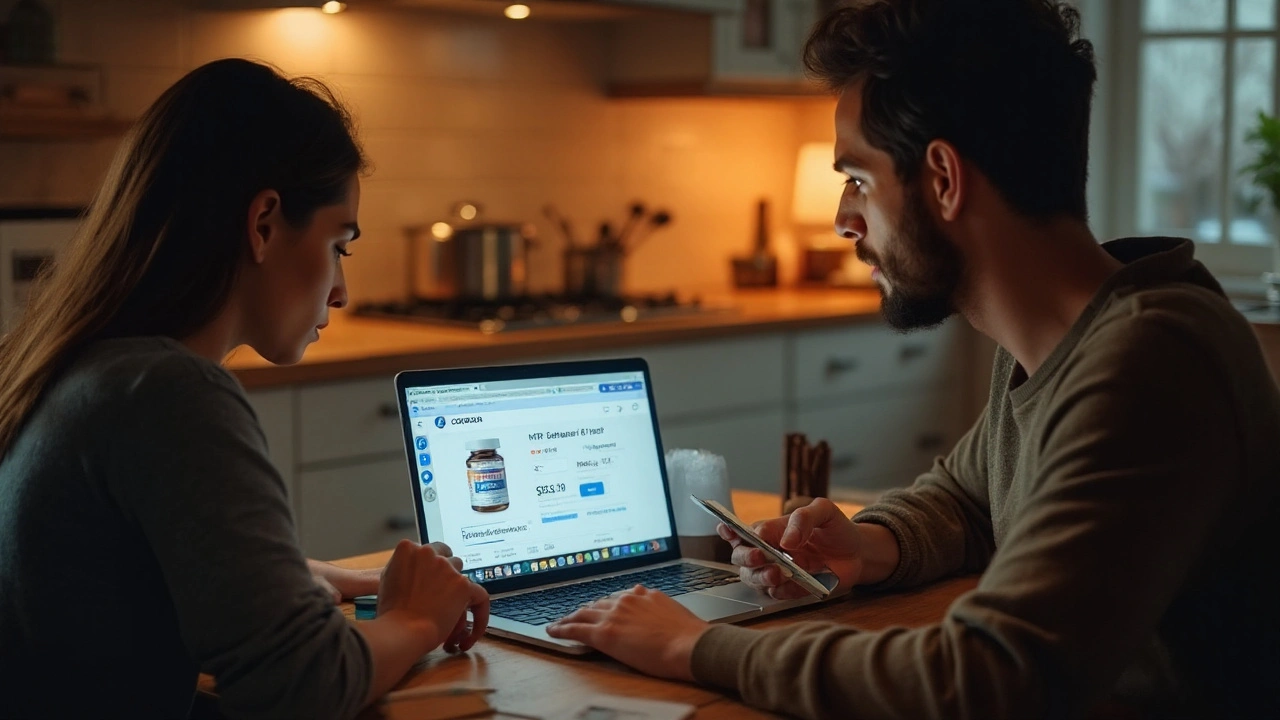
You clicked because you want the lowest price without junky sellers or sketchy pills. And yes, you can save a lot-often 40-70% versus brand names-if you know what to buy, where to buy it, and how to check it’s the real thing. Here’s the playbook I use to get the best unit price on acetaminophen (aka paracetamol), stay within safe dosing limits, and avoid counterfeits when ordering online.
What you’ll get here: quick price benchmarks, a safe-buyer checklist, dosing guardrails you can double-check on the Drug Facts label, and a simple order flow that won’t waste your time. One note before we start: in the U.S., generic acetaminophen is FDA‑regulated, but the internet can be messy. Stick to reputable retailers and pharmacies, check the National Drug Code (NDC), and keep an eye on expiration dates. To help with search intent, I’ll call out the exact steps to buy generic acetaminophen online safely and cheaply today.
What to buy and how to pay less: forms, strengths, prices, and unit-cost tactics
First job: pick the right product and get the best price per dose. Generic acetaminophen is the same active ingredient as Tylenol, regulated by the FDA through an over-the-counter monograph. That means any U.S. generic must meet the same quality and strength standards as brand when it follows the monograph and good manufacturing practices. The savings come from packaging, marketing, and retailer margins-not weaker medicine.
Common forms and when they make sense:
- Caplets/tablets 325 mg (regular strength): good for mild pain/fever; more flexible dosing if you’re sensitive to higher doses.
- Caplets/tablets 500 mg (extra strength): the most popular; fewer pills per dose for adults.
- Extended-release 650 mg: designed for arthritis or longer coverage; do not crush.
- Gelcaps 500 mg: easier to swallow; usually a bit pricier per tablet.
- Children’s liquid 160 mg/5 mL: weight-based dosing; always use the included syringe or cup.
- Suppositories 120/325/650 mg: useful if vomiting or can’t swallow; often higher unit cost.
Typical 2025 U.S. online prices (you’ll see this pattern across major retailers and licensed online pharmacies):
| Product / Form | Common Strength | Typical Pack Size | Typical Price Range (USD) | Unit Price (per tab or per 10 mL) | Notes |
|---|---|---|---|---|---|
| Tablets/Caplets | 325 mg | 100-1000 | $3-$22 | $0.02-$0.05 | Cheapest per unit in larger bottles. |
| Tablets/Caplets | 500 mg | 100-500 | $4-$18 | $0.03-$0.06 | Best everyday value for adults. |
| Gelcaps | 500 mg | 100-400 | $7-$22 | $0.04-$0.08 | Pay more for easier swallowing. |
| Extended-Release | 650 mg | 100-300 | $8-$25 | $0.05-$0.09 | Don’t split or crush; longer action. |
| Children’s Liquid | 160 mg/5 mL | 4-8 oz | $4-$10 | $0.10-$0.20 per 10 mL | Always use included dosing device. |
| Suppositories | 120/325/650 mg | 12-24 | $5-$14 | $0.20-$0.45 | Handy if vomiting; pricier per dose. |
| Bulk (Clinic-Style) | 500 mg | 1000 | $15-$28 | $0.015-$0.028 | Lowest per tab; check storage/expiry. |
Prices vary by retailer, promos, and shipping. Use the unit price to compare apples to apples. For liquids, compare price per 10 mL; for tablets, per tablet.
Fast heuristics that save money without sacrificing quality:
- Buy store-brand generics from major U.S. retailers or licensed online pharmacies; they meet the same FDA standards.
- Target 2-6 cents per tablet for 325-500 mg when buying 100-500 count bottles. Under 3 cents per tab is a solid deal in 2025.
- Gelcaps cost more for the same dose. If swallowing is fine, choose standard caplets.
- Subscription/repeat delivery and “buy two” promos often beat coupons. Stack with free shipping thresholds.
- Check the bottle’s NDC and manufacturer; consistency is a good sign you’re getting legitimate stock.
What about shipping? Standard shipping is usually 2-5 business days and free once you hit a cart minimum. Paid expedited shipping runs 1-2 days and eats into savings, so bundle your order with other household OTCs to hit the free threshold.
Quick spec check when choosing between strengths:
- Adults commonly use 500 mg tablets; typical dosing is 500-1000 mg per dose every 6 hours as needed, staying within the daily max (see safety section below and your product’s Drug Facts label).
- Extended-release 650 mg can reduce the number of doses per day for arthritis pain; never crush or split ER tablets.
- Children’s products are dosed by weight, not age alone; always follow Drug Facts and use the included syringe/cup.
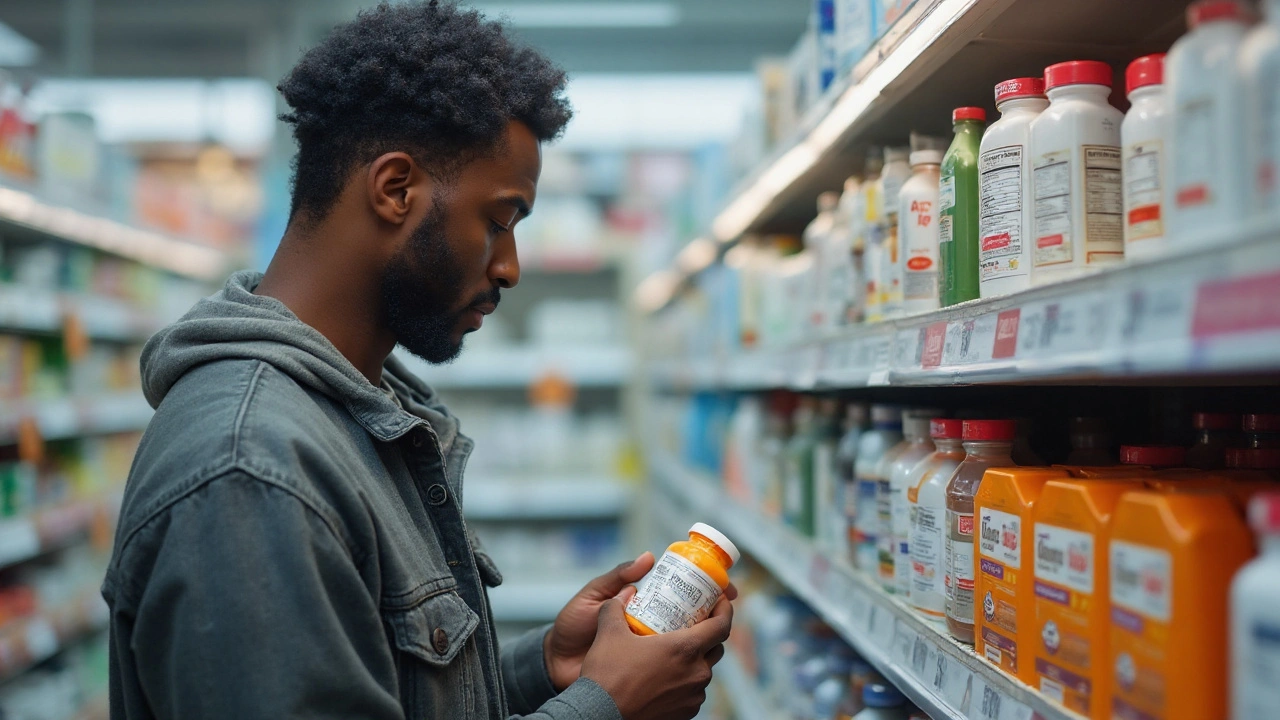
Buy safely: simple checks to avoid counterfeits, dosing errors, and recalls
Counterfeit OTC meds exist online, and acetaminophen is among the most faked globally. The good news: a few checks cut your risk dramatically.
How to verify quality before you buy:
- Prefer sellers with U.S. operations that disclose manufacturer, NDC, lot, and expiration. If product photos show the Drug Facts label, zoom in.
- Look for the USP Verified Mark on some products; it’s an extra quality program that tests purity and potency. Not all legit products have it, but it’s a plus if present.
- For pharmacy sites, check for .pharmacy domains or certification by the National Association of Boards of Pharmacy (NABP) or LegitScript. Licensed pharmacies must follow state and federal rules.
- Avoid listings that promise “pharmacy‑only strength,” “1,000 mg tablets” for the U.S. market, or miracle claims. U.S. OTC tablets are typically 325, 500, or 650 mg (ER) per tablet per the FDA monograph.
- Skip third‑party marketplace sellers with low ratings, vague photos, or no return policy for health products.
Before you open the bottle:
- Match the NDC on the label with the listing. NDC is a 10‑ or 11‑digit code identifying labeler, product, and package.
- Check the tamper-evident seal. If it’s broken or the label looks altered, don’t use it-request a replacement.
- Confirm the expiration date leaves you enough time to use most of the bottle.
- If something smells off or looks discolored, do not take it.
Dosing guardrails you should know (always read your specific product’s Drug Facts label):
- Adults: Do not exceed 4,000 mg acetaminophen in 24 hours from all sources (this includes combination products like cold/flu meds). Many labels advise a lower max for some users; follow your label’s max.
- If you have liver disease, drink alcohol regularly, or take warfarin, talk to a healthcare professional before use. Many clinicians cap daily intake at 2,000 mg in liver disease or heavy alcohol use.
- Standard adult dose patterns: 325-650 mg every 4-6 hours as needed, or 500-1,000 mg every 6 hours as needed, not exceeding the daily max. Do not take more often than directed.
- Children: Typical dosing is 10-15 mg/kg per dose every 4-6 hours as needed; do not exceed 5 doses in 24 hours or more than 75 mg/kg/day. Use only the measuring device that comes with the product.
- Pregnancy: Acetaminophen is commonly used as first‑line for pain/fever when needed; use the lowest effective dose for the shortest time and speak with your OB if you have questions.
These points reflect FDA Drug Facts labeling and pediatric guidance from groups such as the American Academy of Pediatrics. For personal medical advice or conditions like chronic liver disease, anticoagulation therapy, or pregnancy complications, your clinician’s guidance comes first.
Interactions and when to switch meds:
- Do not combine with multiple acetaminophen‑containing products. “APAP” on a label also means acetaminophen.
- Alcohol increases the risk of liver damage. Many labels advise avoiding alcohol while taking acetaminophen.
- Warfarin: Acetaminophen can increase INR in some patients; coordinate with your prescriber.
- If your pain is inflammatory (e.g., sprain, dental inflammation), an NSAID like ibuprofen or naproxen may work better for swelling-assuming your clinician says NSAIDs are safe for you. If you have kidney disease, ulcers, GI bleeding risk, or are in late pregnancy, acetaminophen is often the safer choice than NSAIDs.
Recall and safety news: Before opening, you can search for current recalls on the FDA website by brand or NDC. If your batch appears in a recall notice, follow the instructions for disposal and refund. Keep all medicines out of reach of children; even a few extra grams of acetaminophen can cause serious liver injury. If an overdose is suspected, seek medical help or contact Poison Control right away.
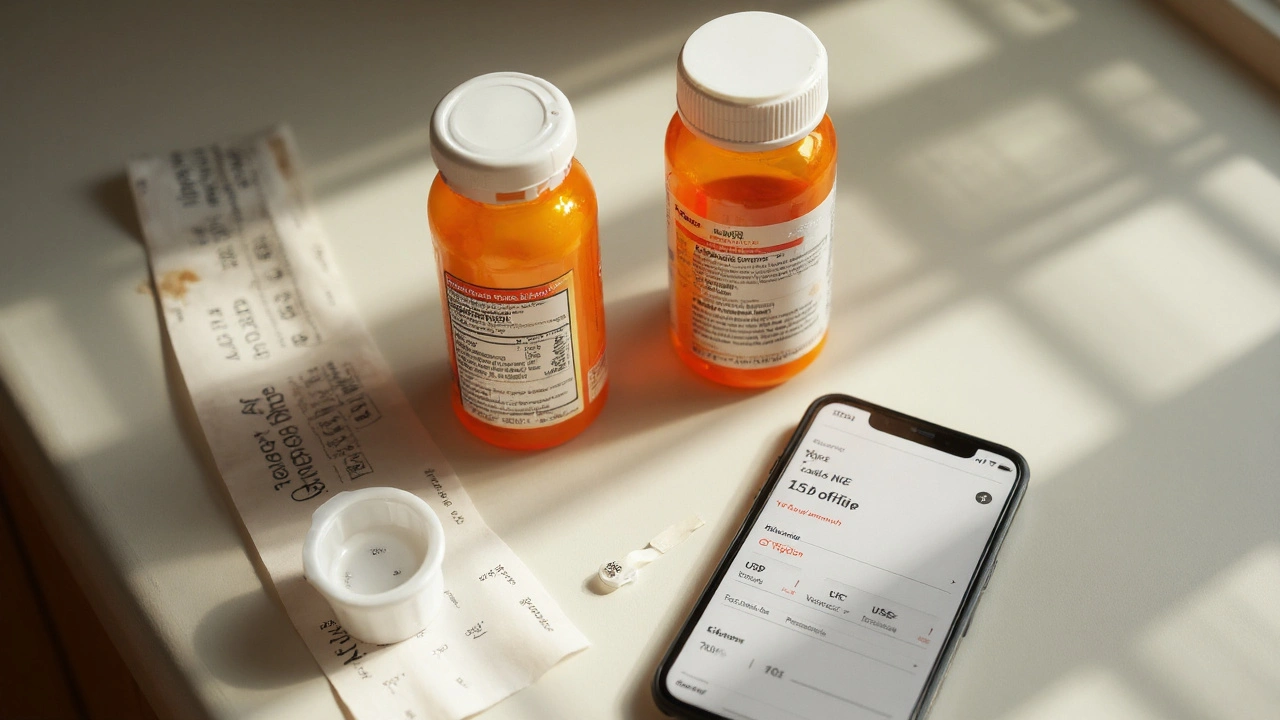
Smart checkout: stacking deals, shipping choices, and a clean, safe pathway to your order
Now let’s close the loop-how to complete the purchase with confidence and keep more cash in your pocket.
The quick-buy decision tree:
- Need lowest price per tablet for household stock? Choose a 500 mg generic in 200-500 count. Aim for 2-4 cents per tab after promos.
- Need something gentler or flexible? Choose 325 mg tablets with a 100-200 count bottle.
- Need fewer daily doses for arthritis? Choose 650 mg extended‑release from a known manufacturer.
- Buying for a child? Choose children’s 160 mg/5 mL liquid with a dosing syringe, and confirm weight‑based dosing on the Drug Facts label.
How to compare in 90 seconds:
- Open two to three reputable U.S. retailers or licensed pharmacy sites.
- Filter for “store brand” or “generic” acetaminophen in your desired strength.
- Sort by price and check the unit price (per tablet or per 10 mL). Ignore glitzy gelcaps unless swallowing is hard.
- Check shipping: add low‑cost fillers (toothpaste, saline, bandages) to hit free shipping minimum.
- Scan for extra coupons, auto‑delivery discounts, or health‑wallet promos (HSA/FSA eligible for many OTC purchases in 2025; confirm your plan’s rules).
- Before you pay: verify NDC, manufacturer, and expiration window in the listing photos or description.
Ethical, safety‑first checkout tips:
- Don’t buy from overseas sites shipping unapproved tablets to the U.S. Stick with FDA‑compliant products.
- Skip listings without clear Drug Facts labeling and a visible NDC. You wouldn’t buy a car without a VIN; treat your meds the same.
- Keep a simple household med log: product, strength, purchase date, expiration, typical dose. It prevents accidental duplication with combo cold/flu meds.
Cost traps to avoid:
- Small “travel size” bottles look cheap but can be 2-3x the unit cost.
- Third‑party marketplace sellers often add shipping that cancels out the savings. Compare the real landed cost.
- Buying the biggest bottle is not always smarter if you won’t use it before it expires. Do the math: expected usage vs. expiry.
Returns and freshness:
- Most reputable retailers will replace or refund damaged or short‑dated bottles. Snap photos of the seal, lot, and expiry for a faster resolution.
- Store at room temperature, away from moisture and heat (not in a steamy bathroom). Poor storage shortens shelf life.
Is generic the same as Tylenol?
- Same active ingredient. Same expected effect when used as directed. Different inactive fillers or coatings may affect swallow feel, not efficacy.
- Brands may have more consistent bottle designs or easier caps; that’s what you’re paying for-not more pain relief.
When acetaminophen isn’t the best fit:
- Severe inflammatory pain, sprains, or dental inflammation: Ask if an NSAID is appropriate.
- High fever lasting more than three days, pain lasting more than ten days, or any red‑flag symptoms (stiff neck, trouble breathing, worsening abdominal pain): seek medical care. Painkillers can mask symptoms you should not ignore.
Clear, safe call‑to‑action (no brand bias):
- Choose a U.S. store‑brand 500 mg acetaminophen in a 200-500 count bottle for best value; or 325 mg if you prefer smaller doses. If buying for kids, use the 160 mg/5 mL liquid with the included device.
- Confirm NDC, manufacturer, expiration window, and tamper‑evident seal in the listing.
- Stack a site coupon with auto‑delivery or bulk promo; add items to hit free shipping.
- On arrival, verify the seal, lot, and expiration. Log the purchase date and typical dose in your med list.
Mini‑FAQ
Is “paracetamol” the same as acetaminophen? Yes. Paracetamol is the international name; in the U.S. it’s called acetaminophen. Labels outside the U.S. may use paracetamol.
Can I split tablets? Standard immediate‑release tablets often have a score line and can be split if your product label allows. Do not split extended‑release 650 mg tablets.
How do I check the NDC? It’s printed on the label near the Drug Facts. It usually looks like 10 or 11 digits in a 5‑4‑2 pattern. The same NDC should appear in the online listing or product photos.
What about expired acetaminophen? FDA advises against using expired medicines. Potency can drop over time, and storage conditions matter. Replace expired stock.
Is acetaminophen safe in pregnancy? It’s commonly used as first‑line for pain/fever during pregnancy when needed; use the lowest effective dose and discuss with your OB if you’ll need repeated doses.
Can I take it with coffee? Caffeine doesn’t block acetaminophen, but some combo products add caffeine. Avoid stacking multiple caffeine sources late in the day if sleep is an issue.
What if I drink alcohol? Many labels advise avoiding alcohol while taking acetaminophen due to liver risk. If you regularly drink, talk to a clinician about safer dosing limits.
Next steps and quick troubleshooting
- Item out of stock: Switch to another verified store brand or choose the same strength in a different count size. Don’t downgrade to unverified marketplace sellers for a small price cut.
- Shipping delayed: If you need relief now, buy a small 24-50 count bottle from a local retailer for immediate use and keep your bulk order for later savings.
- Arrives with broken seal or short-dated: Do not use. Request a replacement or refund with photos of the seal, lot, and expiry.
- Upset stomach or rash after use: Stop taking it and talk to a clinician. For signs of an allergic reaction or overdose, seek urgent care.
- Not helping enough: Check timing (every 6 hours for 500-1000 mg dosing patterns), confirm you’re not under‑dosing, and ask a clinician if an NSAID or non‑drug options (ice, rest, topical agents) are a better fit.
- Worried about duplicate acetaminophen: Pull every cold/flu or pain product you’re using and read the Drug Facts. If more than one lists acetaminophen/APAP, consolidate to one product to avoid exceeding daily limits.
You don’t need a brand name to get reliable pain and fever relief. Buy from reputable U.S. sellers, verify the label details, keep the math simple on dosing, and let unit price-not flashy packaging-decide the winner.

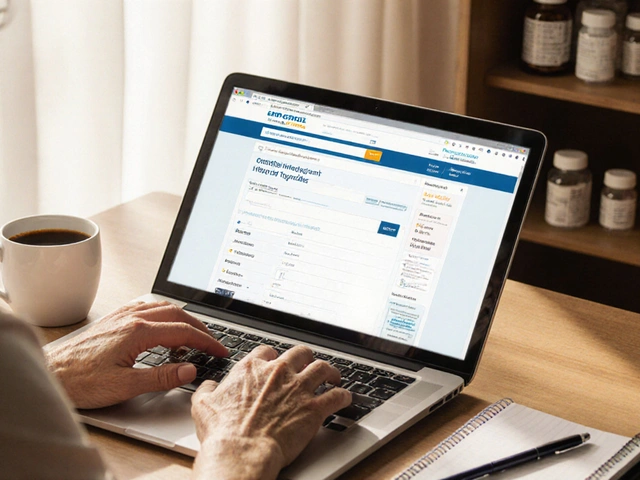
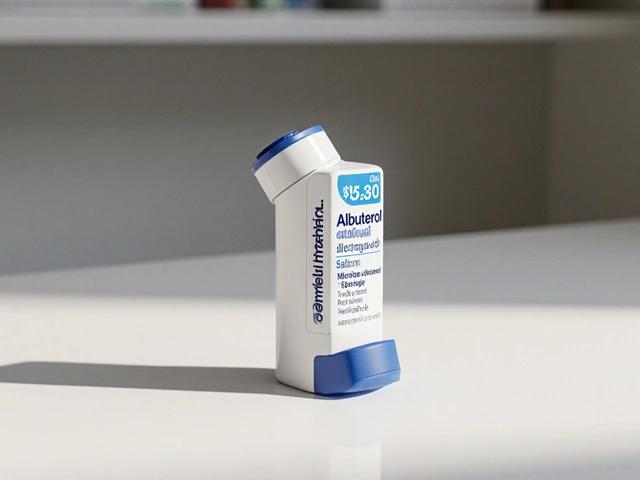

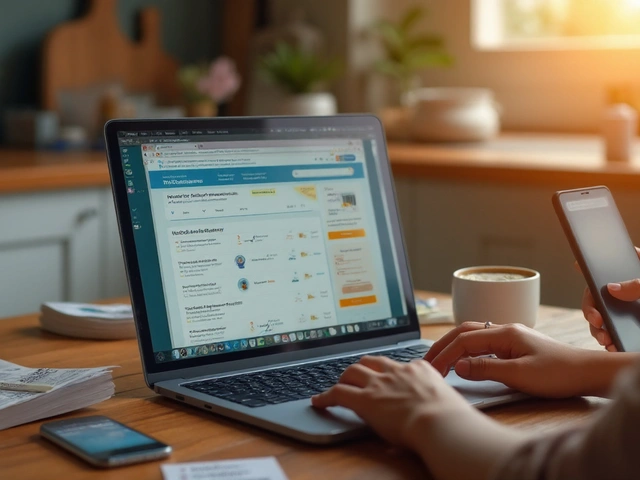
Comments (9)
Ryan Wilson
Buy the 500 mg generic in a 200–500 count if you actually use it regularly - the unit math just wins every time.
Stocking cheap 500 mg tabs saved me a ton last year when the family kept getting colds, and the NDC check is the single best habit to avoid sketchy listings.
Also, don’t let packaging sway you: gelcaps look nice but cost more per dose and usually don’t add any meaningful benefit unless swallowing is hard.
If you take acetaminophen regularly, keep a simple med log so you don’t accidentally double up with a combo cold product.
VARUN ELATTUVALAPPIL
Exactly - 2¢ to 4¢ per tab is the sweet spot, period!!!
April Conley
Stick with U.S. store brands and check the Drug Facts photo before you hit buy.
Minimalism in choice is underrated here - pick one trusted maker and rotate only when a recall or shortage happens.
Also follow dosing rules strictly and log product details so you always know what’s in the cabinet.
Sophie Rabey
Listen: the whole ‘generic = sketchy’ fear is mostly marketing noise and folklore dressed up in scare quotes.
Generics that follow the FDA monograph are biologically the same as brand-name acetaminophen, and the only real differences are filler ingredients and packaging theatrics.
Buy the big bottle only if you will finish it before the expiry date; otherwise you’re paying for wasted medicine and clutter.
Always check the NDC on the listing photos and the lot number when it arrives, because that’s how you trace recalls and make returns painless.
For kids, the 160 mg/5 mL formula with the dosing syringe is a must - those little spoons are junk and inconsistent.
Extended-release stuff has its place but is often misused; don’t crush or split ER 650 mg tablets or you’ll ruin the release profile and risk overdose.
Alcohol and chronic liver issues change the safe ceiling for dosing, and some clinicians cap daily intake much lower - follow clinical advice if it applies to you.
Shipping promos and auto-deliver discounts are savage money-savers; combine them with filler OTCs to hit free shipping without buying dumb junk.
Store medicine at room temp away from bathroom humidity; moisture-shortened shelf life is a real thing and it’s boring to replace ruined meds.
Don’t buy from overseas shops that ship unapproved dosages - US OTC strengths are predictable and most fakes show up because someone wanted to game the system.
When you get a bottle, photograph the seal, lot, and expiry immediately - it makes returns so much cleaner and forces the seller to act if there’s a problem.
If you have a friend who likes to DIY dosing with leftovers from different products, quietly take their meds and set up a med log for them.
APAP shows up in a lot of combo cold meds, so read labels like your life depends on it - because it kind of does when dosing stacks.
For arthritis people, ER dosing can reduce the frequency of doses, but it’s not a free pass; timing and proper intervals still matter.
Finally, don’t be ashamed to buy the boring store-brand bottle - it’s the most sensible flex in the aisle.
richard king
This stuff is the unsung hero of the medicine cabinet - plain, practical, and capable of saving the day without drama.
There’s a small ritual here: check NDC, confirm lot, log it, store it properly, and you’ve turned a tiny purchase into household security.
People romanticize boutique pills but the real poetry is in the quiet reliability of a well-chosen generic bottle.
Neha Bharti
Nice point about the med log - even a one-line note by date saves accidental double-dosing down the road.
Short, consistent records are easier to keep than dramatic reorganizations, and they prevent real harm.
Samantha Patrick
Practical tip: when comparing unit prices, calculate cost per mg if you want true apples-to-apples.
For tablets that’s simple math: price divided by (count × mg) gives you price per mg, which is handy when strengths differ.
Also, use photo proof for returns - a quick snapshot of the seal and expiry speeds up refunds.
Minor spelling note for future posts - “junky” is fine casual but “substandard” works for clarity in mixed audiences.
Lastly, keep children’s meds separate and clearly labeled to avoid mistakes when kids and adults share storage space.
EDDY RODRIGUEZ
Totally echoing the NDC and lot photo move - do it like you mean it and you’ll sleep better.
Also, if you ever have to use a bulk bottle after a long shelf stint, check the smell and look before dosing; trust your senses.
When relief hits, remember the little triumph of doing the prep work - it’s satisfying and kind of heroic in a domestic way.
Christopher Pichler
Don’t be fooled by travel-size hype - the math is brutal and the convenience rarely offsets the mark-up.
Also, people underplay the risk of mixing cold combos; read every Drug Facts label like it’s a plot twist that could ruin your day.
If you want a single household policy, pick one adult product and one pediatric product and commit to them - consistency reduces error.